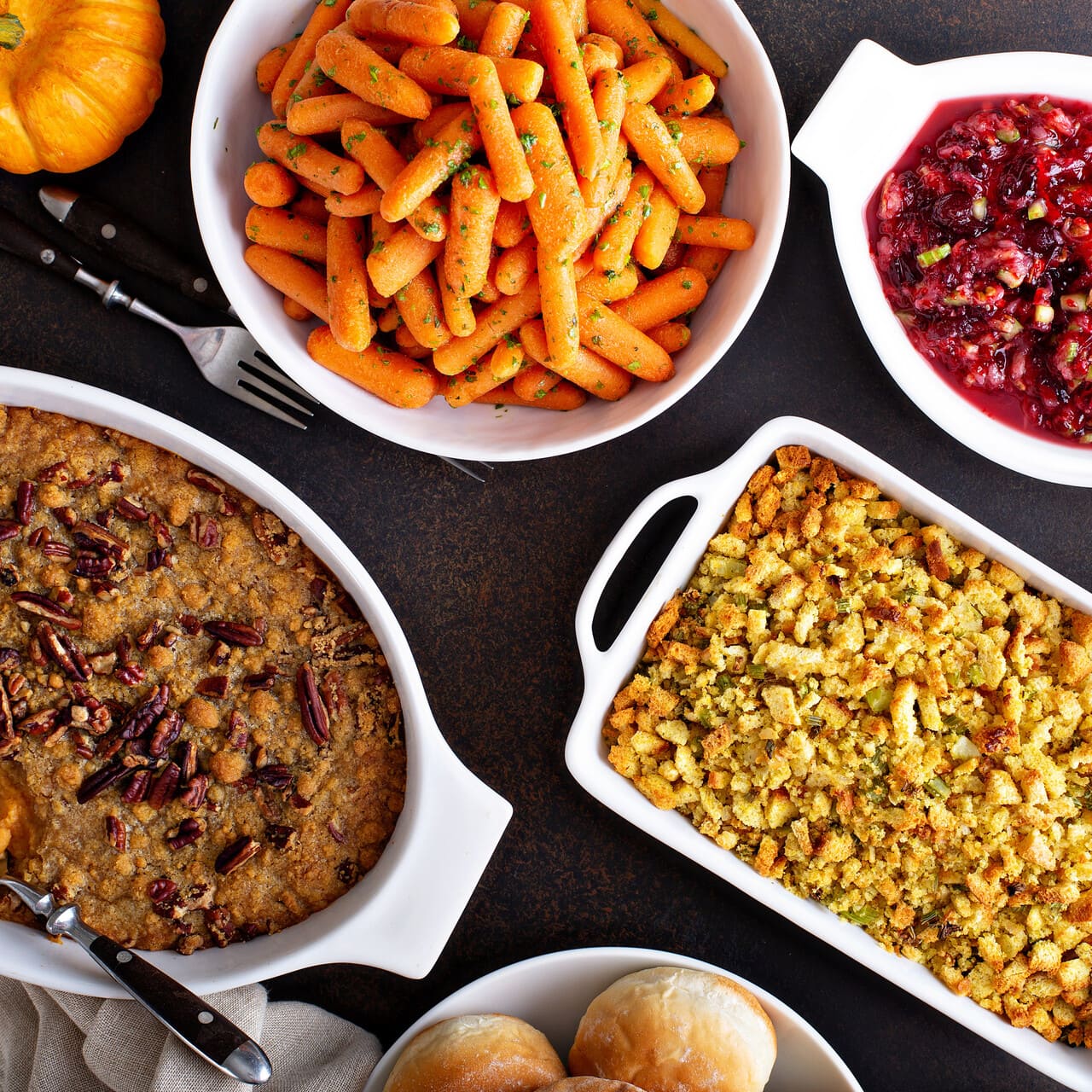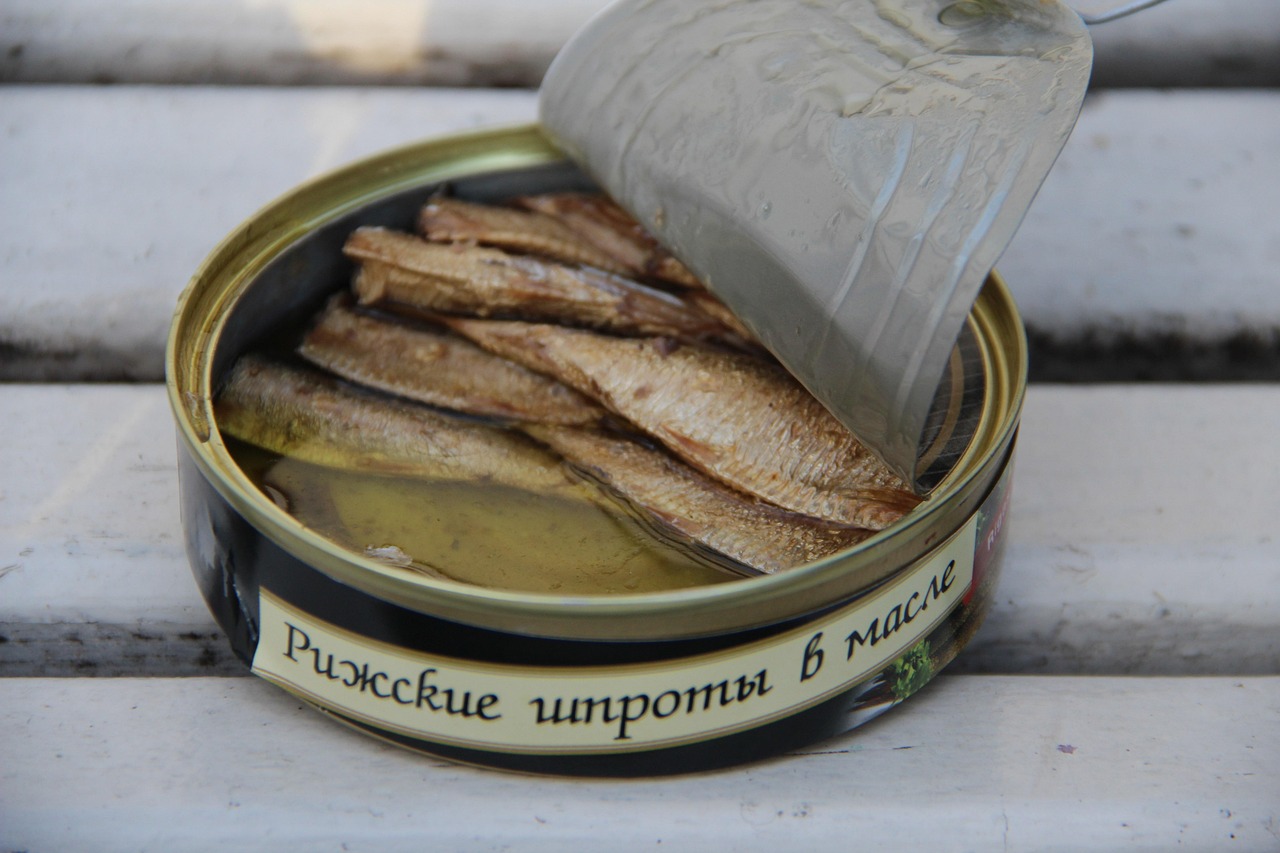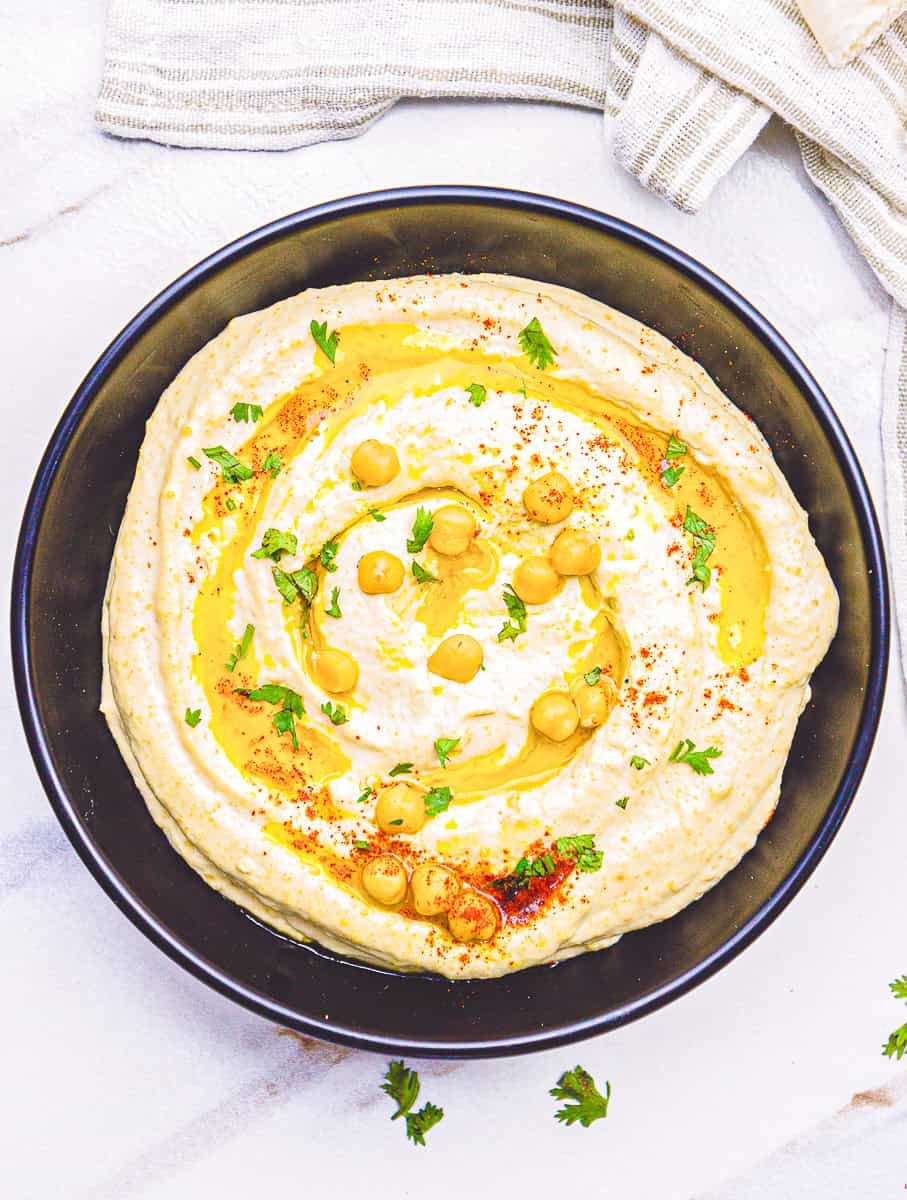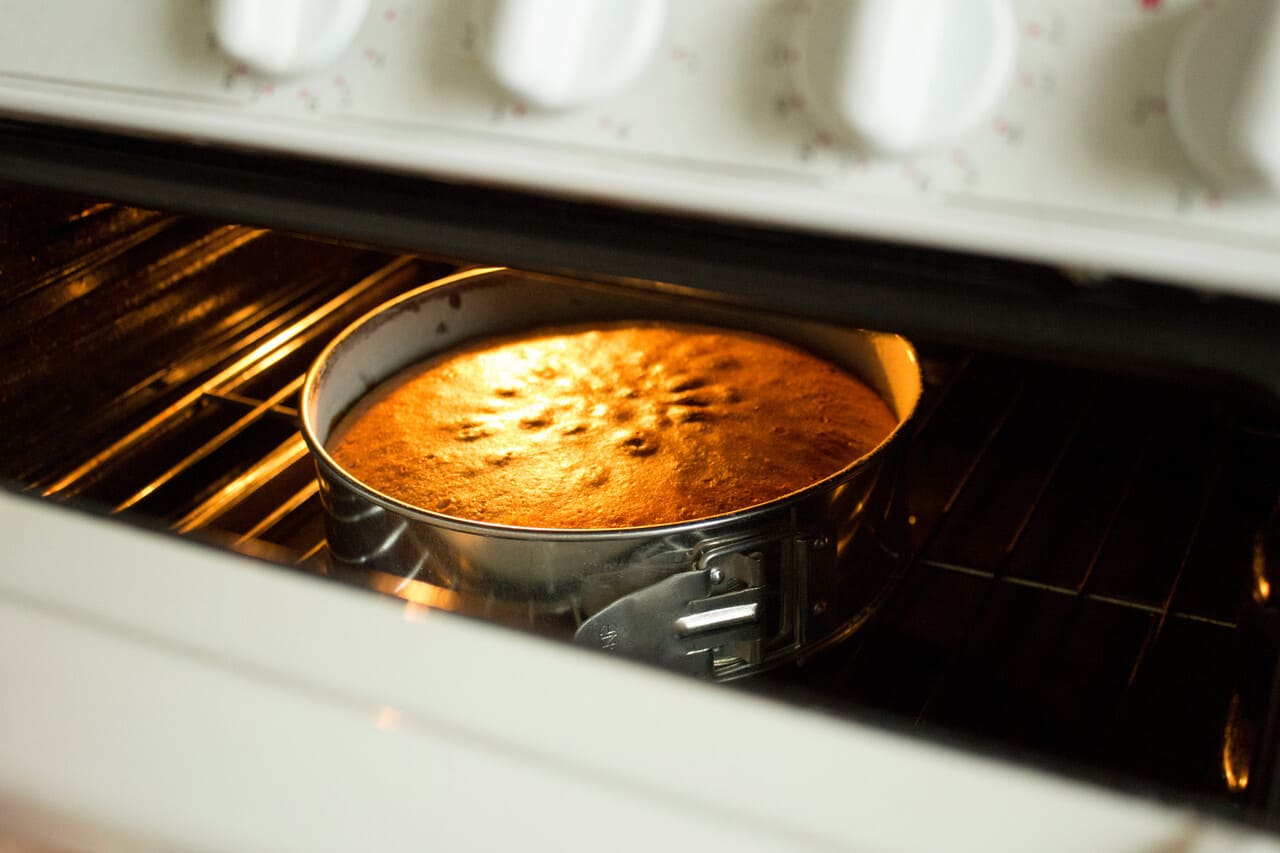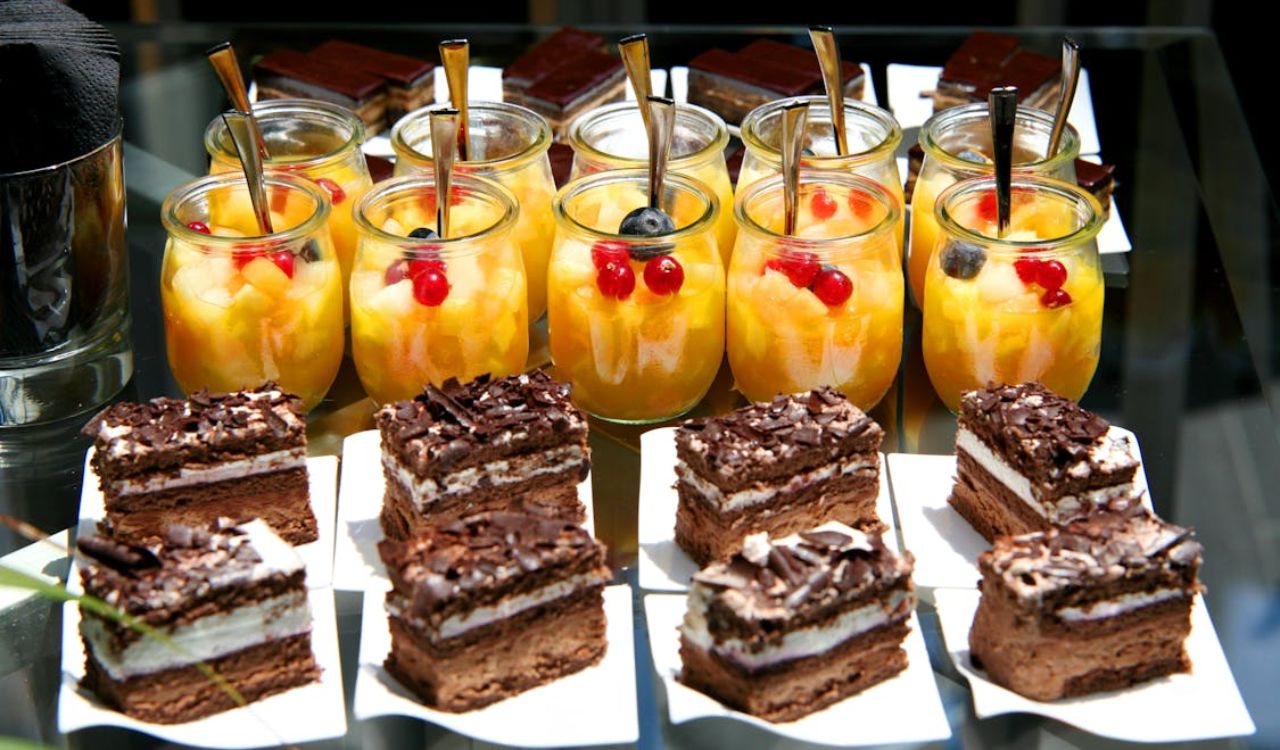7 Cheeses You Should Skip When Making Grilled Cheese
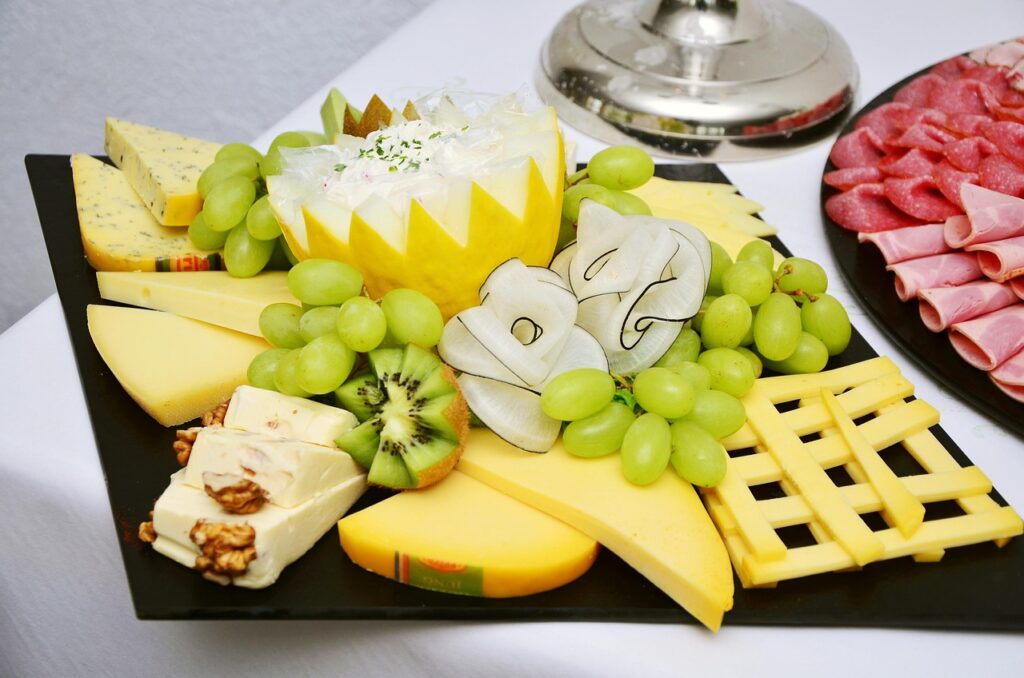
A grilled cheese sandwich may seem foolproof, but the type of cheese you use makes or breaks the result. Great melting cheeses like cheddar or American create that stretchy, buttery bite most people crave. But not all cheeses behave well under heat. Some separate into oil, some refuse to melt smoothly, and others dominate the flavor in a way that throws off the balance. Knowing what not to use can be just as helpful as knowing what works. Here are seven cheeses that can ruin an otherwise comforting grilled cheese.
1. Feta
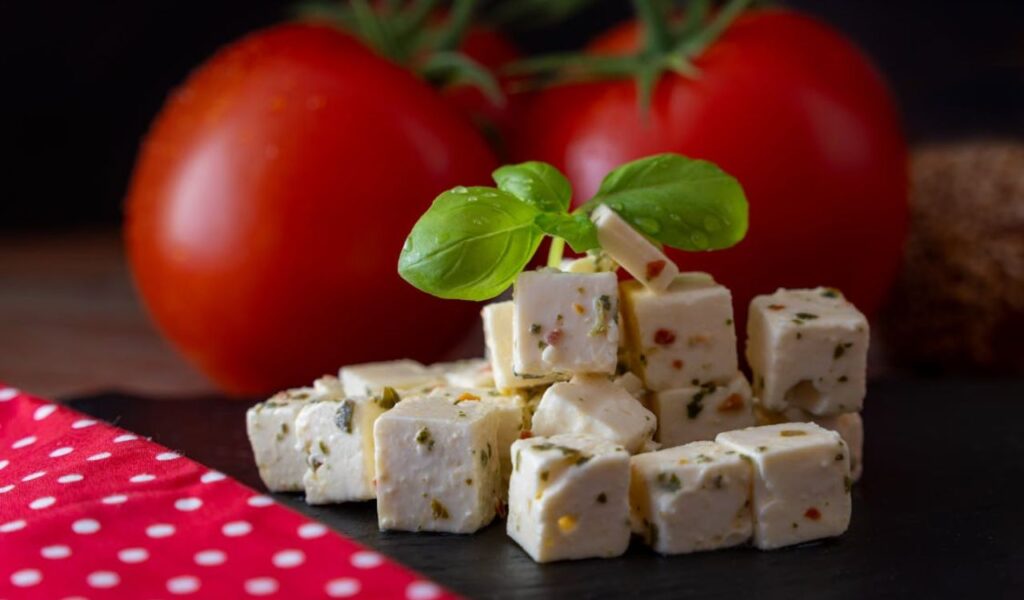
Feta adds tangy flavor to salads and Mediterranean dishes, but it’s not built for grilled cheese. This crumbly cheese resists melting, breaking down into dry chunks rather than a smooth layer. When heated, feta can also release excess liquid, leaving your bread soggy instead of crisp. The saltiness that works beautifully in a Greek salad quickly becomes overpowering when trapped between slices of toasted bread. If you want tangy notes, mix a little feta into a melt-friendly cheese, but don’t rely on it alone.
2. Goat Cheese
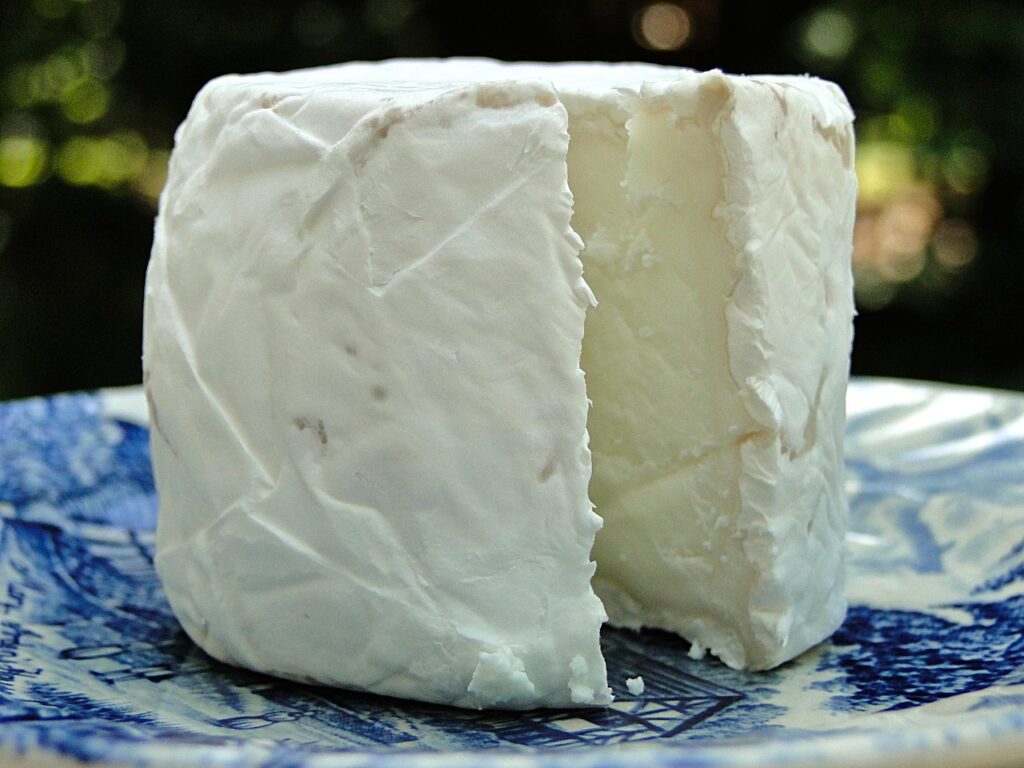
Goat cheese has a creamy texture when spread cold, but it doesn’t transform the same way under heat. Instead of melting into stretchy ribbons, it softens slightly and often clumps. The tangy, earthy flavor can also overpower the sandwich, making it more about the cheese than the comforting balance of bread and butter. While goat cheese works in small amounts mixed with mozzarella or fontina, using it on its own in grilled cheese tends to leave you with a heavy, uneven bite.
3. Parmesan
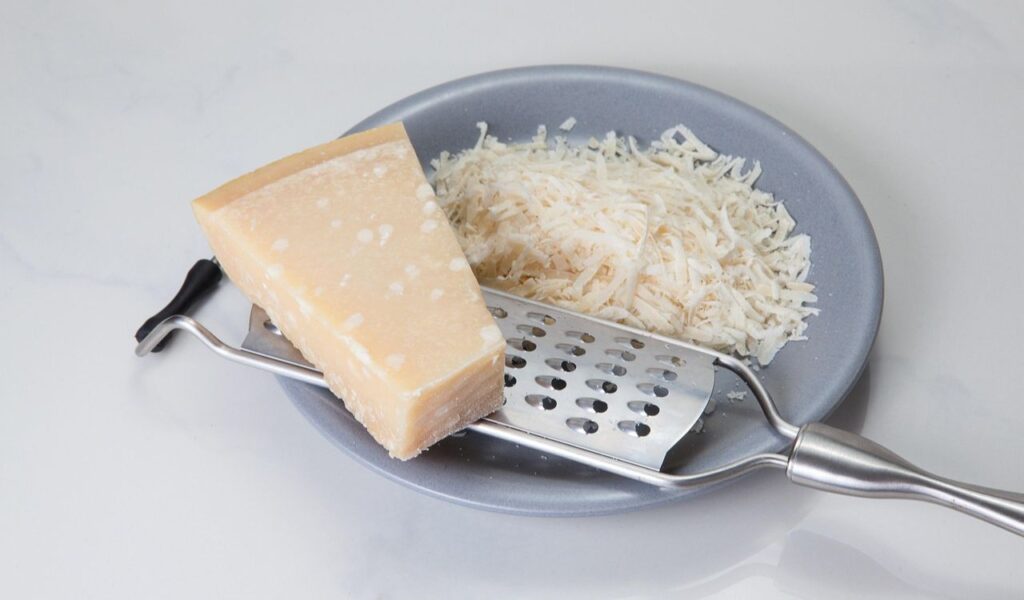
Parmesan brings a sharp, nutty flavor to pasta and risotto, but it’s far too hard and dry to carry a grilled cheese sandwich. The texture doesn’t melt well; instead, it tends to stay firm or turn grainy. Sprinkling a little inside your sandwich for flavor is fine, but relying on Parmesan as the main cheese leads to disappointment. It lacks the gooey stretch you expect, and its strong salty profile quickly dominates. This is a cheese better suited for finishing dishes, not melting into bread.
4. Blue Cheese
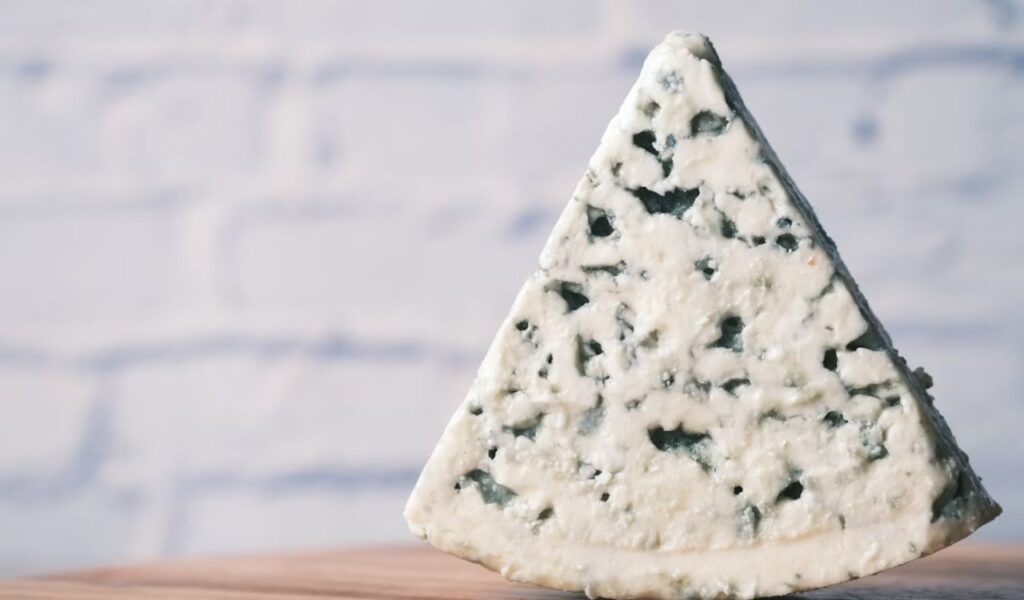
Blue cheese has a bold, pungent flavor that makes it a star in dressings and burgers, but it’s tricky for grilled cheese. Its crumbly structure means it melts unevenly, leaving pockets of intense flavor instead of a smooth, cohesive layer. The sharp tang and strong aroma can easily overpower the bread and butter, turning the sandwich into something harsh rather than comforting. A touch of blue mixed with a milder melting cheese can work, but on its own, it overwhelms the balance.
5. Halloumi
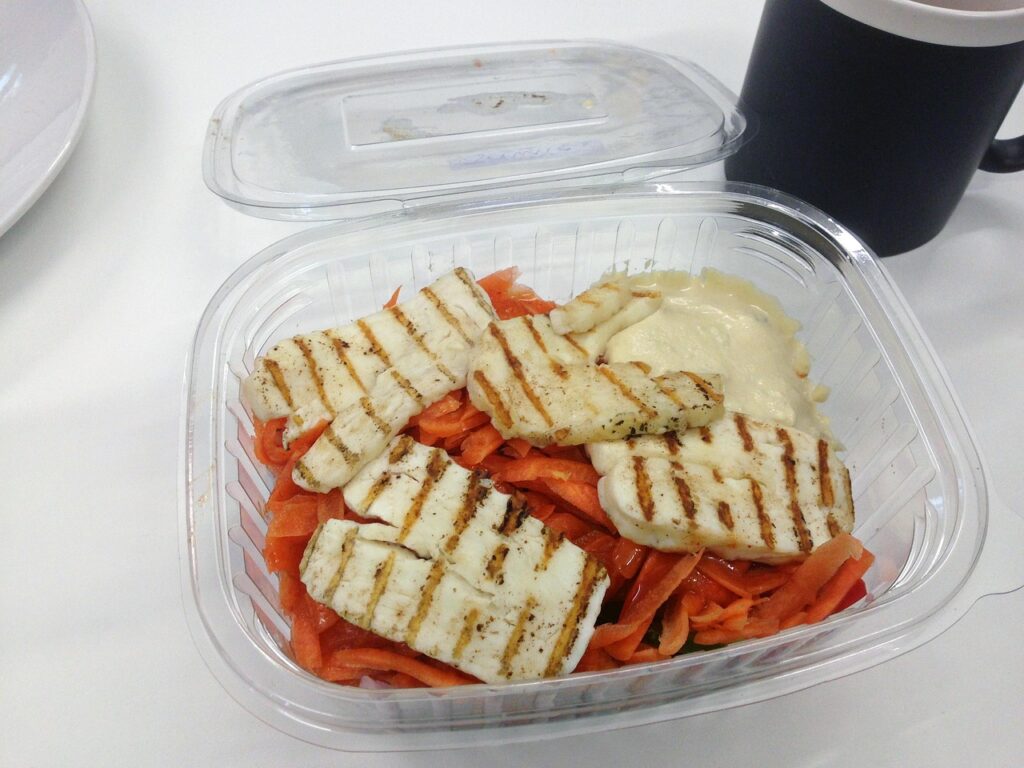
Halloumi is famous for being a “grilling cheese” because it holds its shape under heat. That’s exactly why it fails in a grilled cheese sandwich. Instead of melting, it stays rubbery and squeaky, giving you firm bites where gooeyness should be. While delicious when seared and served with vegetables or salads, halloumi won’t deliver that stretchy, melted texture you want. The result feels more like cheese inside bread rather than the melted blend that defines a proper grilled cheese sandwich.
6. Brie
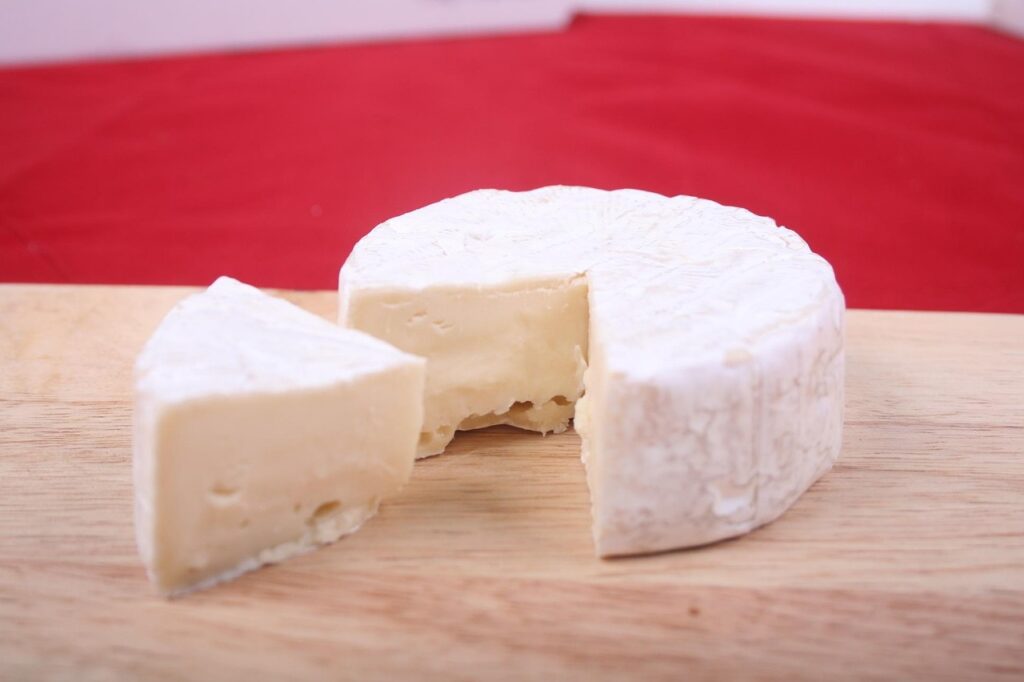
Brie seems like a natural fit with its creamy center, but it often creates problems in grilled cheese. The rind can become chewy and unpleasant, while the interior turns runny instead of stretchy. Instead of binding with the bread, it tends to ooze out, leaving empty spots in your sandwich and a mess on your pan. Brie’s delicate flavor also gets lost when cooked this way. It’s best enjoyed on a cheese board or baked in pastry rather than pressed in grilled cheese.
7. Pecorino Romano
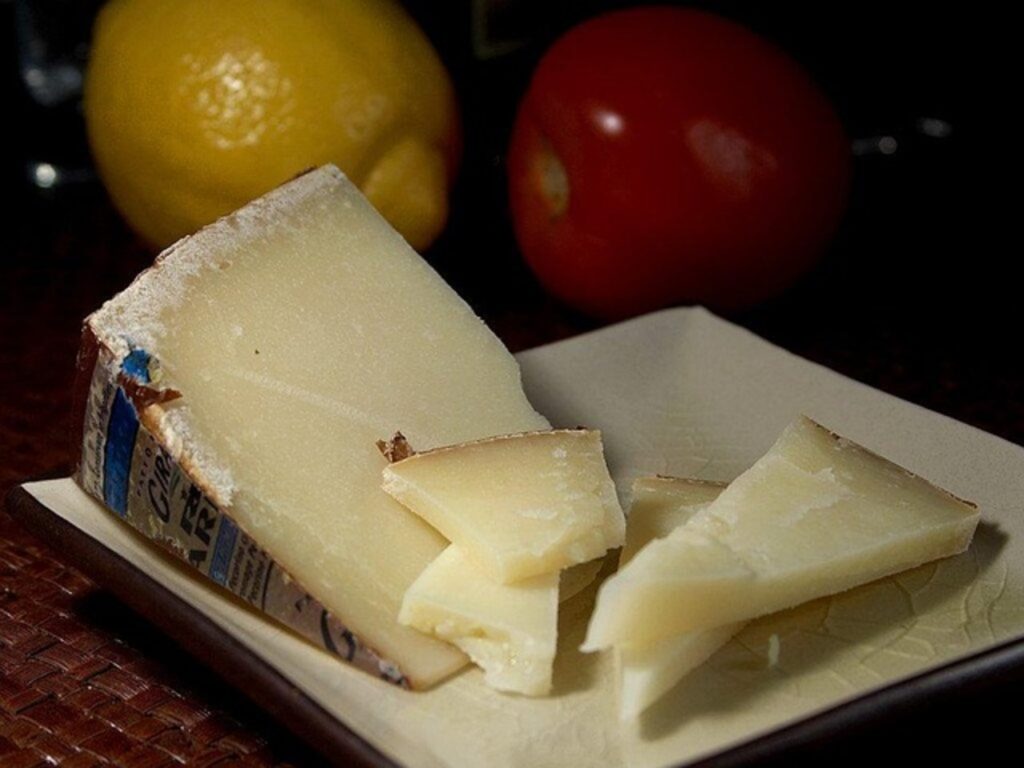
Pecorino Romano is sharp, salty, and delicious, grated over pasta, but it’s too dry and hard for grilled cheese. It doesn’t melt smoothly, and its flavor comes across as aggressive when used in large amounts. Instead of creating a creamy bite, it adds a brittle texture and overwhelms the bread. A small sprinkle blended with mozzarella can bring depth, but on its own it leaves your sandwich unbalanced. Save Pecorino for pasta and sauces where it shines, not between toasted slices.


